Since writing a whole lot of things about bathroom mirrors the other day in my post about the top 6 bathroom design mistakes, I thought I do a little more reflecting on mirrors in general and share with you some decorating tips on how to choose the perfect mirror for your space. That way I will make it easier for you to make better design choices.
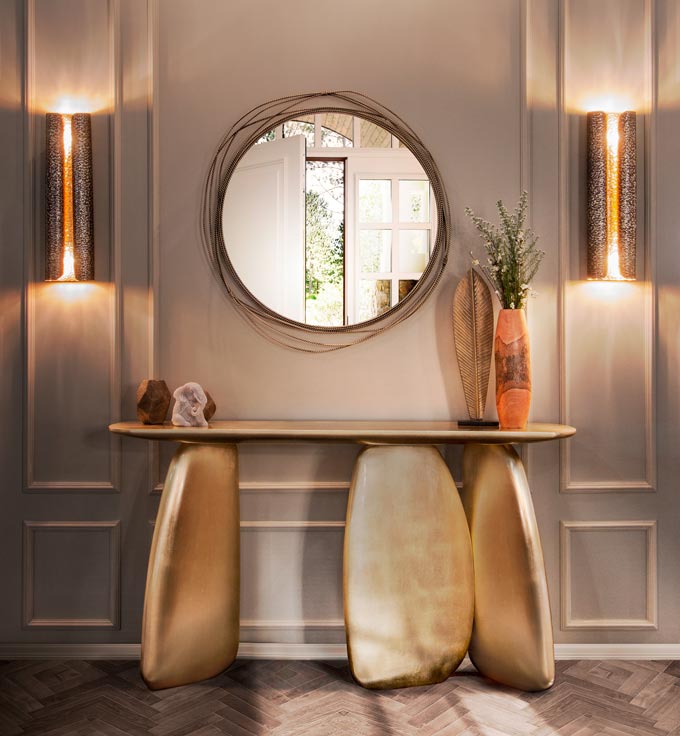
Time needed to read (min): 6 minutes
This guide on “How to Choose the Perfect Mirror” in a glance:
- About mirrors
A design tool.
- Mirror-Size
Discussion on the ideal size of a mirror. It includes an indicative table with mirror dimensions based on size of the design element underneath.
- Mirror Placement
Vertical or horizontal placement, because the actual placement does define the actual look.
- Mirror Shape
Figuring out the ideal shape of a mirror.
- Style of a Mirror
What to consider for the overall decorative style of a mirror including the frame style.
About Mirrors
A mirror is one of the four decor elements that can instantly update and upgrade an interior without doing any renovating. (It also happens to be one of the 6 fail-proof tips I have outlined for greater design impact). This is one of its biggest attributes. Its perfect smooth surface can reflect light thus, allowing you to manipulate the brightness in a room. Or it can simply reflect a favorite view. Now that is awesome because usually you have great control over this view. As such, you can literally stage that view to perfection.
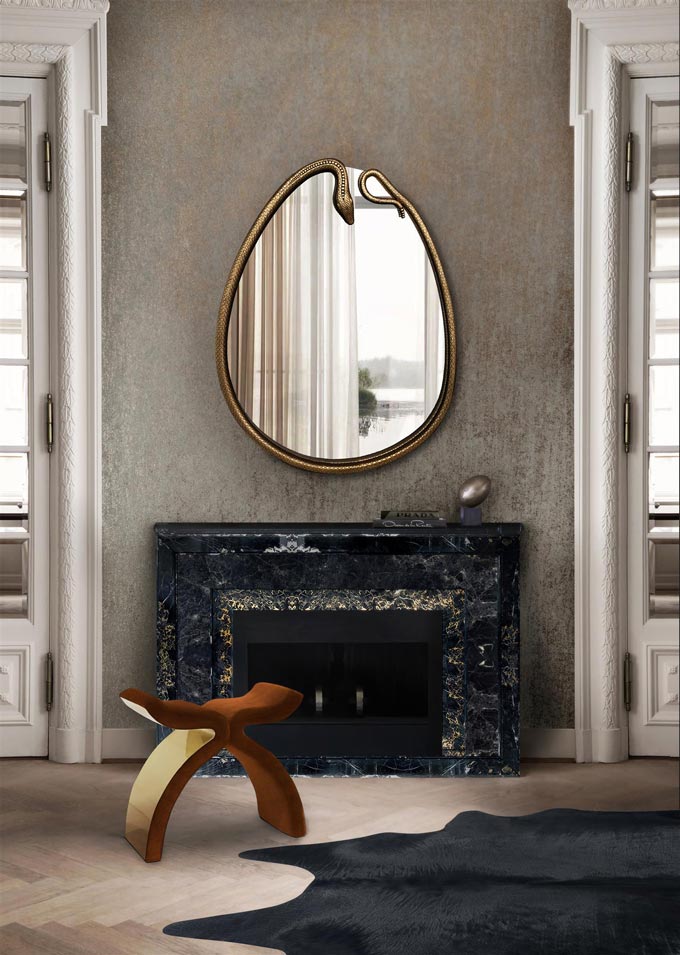
Hence, a decorative mirror is a fantastic tool to have in your home decor arsenal for it defines and accentuates. Moreover it can “correct” some shortcomings of a space with its poise and style. Therefore, I believe that it deserves your attention in order to get it right.
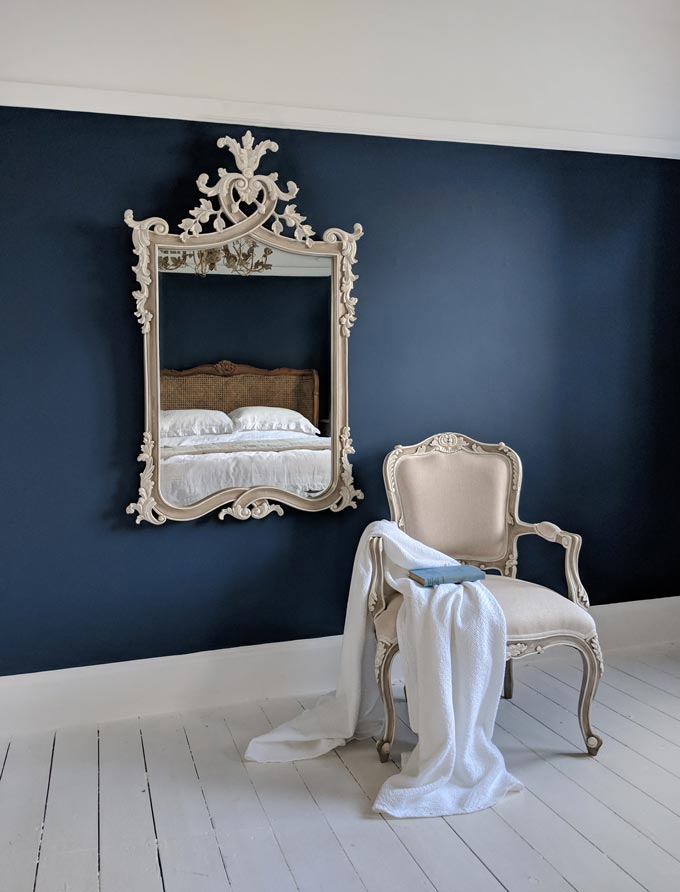
Since, mirrors vary in size, shape and ultimately style, I will try to give you some decorating tips to help you make the best choice. So grab yourself your favorite drink and sit back to read. Do take notes if you feel the need to.
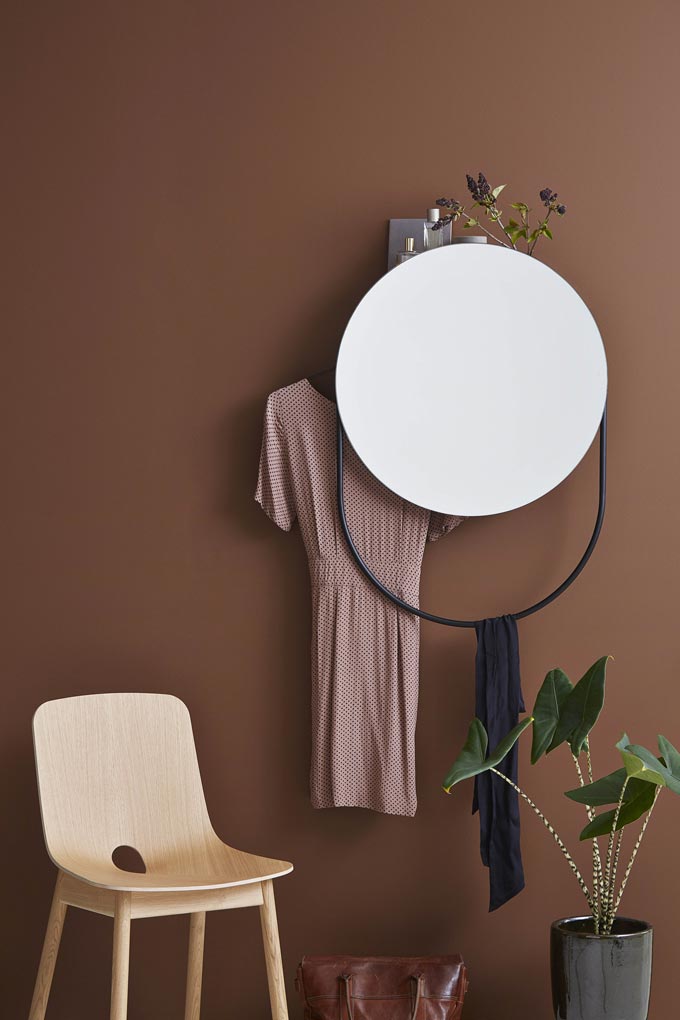
Mirror Size
The size of any mirror is directly related to its impact in a room. If a mirror is large enough, then it will stand out and add that wanted element of interest. If however, it is as big as the entire wall, then it becomes “lost.”
When choosing a mirror, like all else, scale is of major significance. So the positioning and size of your wall space come into play. If for instance you want to place a mirror above a fireplace mantel, then you will need a mirror that will “fill” sufficiently the space between the mantel and the ceiling.
Anything too small will look insignificant. Should your mirror be large enough, then consider resting it on the mantel while leaving a minimum clearance height of 30 cm from the ceiling.
Mirror Dimensions Based on Size of Design Element Underneath
The following table was prepared as an indication of what the overall dimensions of a mirror could be if placed over a particular design element/furniture piece. In other words, the dimensions mentioned are meant for displaying the proportions of things in order to achieve a better understanding. Note that b denotes breadth and h stands for height.
Mirror Dimensions According to Design Elements
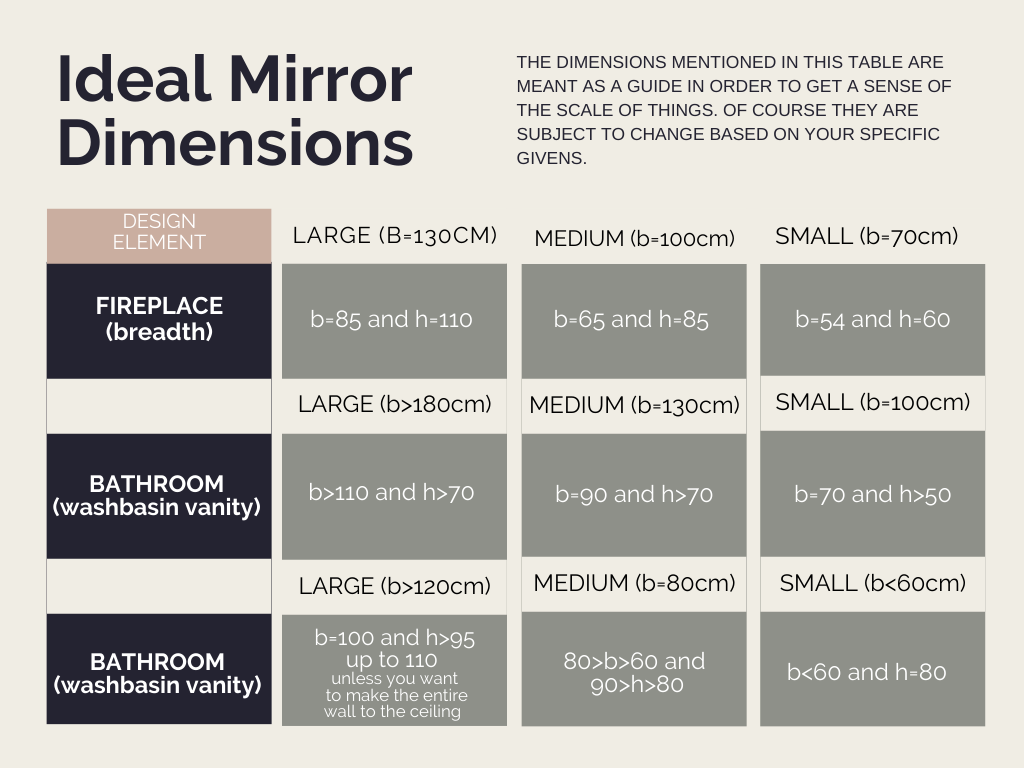
*** See at the very end of the article a Reference Table with the ideal mirror sizes ready for pinning away.
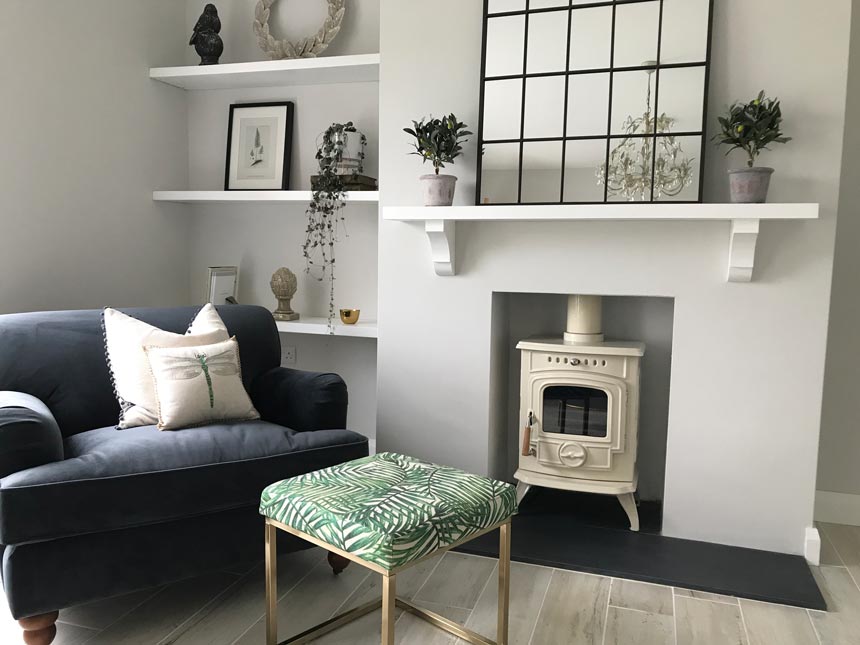
If on the other hand, you wish to hang a mirror over a sofa, then I recommend a single mirror that is at least half in length of your sofa, but no more than the entire sofa’s length. I advise you to follow the same rule of thumb even for a grouping of mirrors. Note that a gallery of mirrors can have a huge impact in your space.
Similarly, if you hang a mirror over a sideboard in the dining room, then hang it at eye-level height just like artwork (perhaps you may want to read more my guide about hanging artwork). Allow for some clearance distance between the sideboard and your ceiling.
Mirror Placement: Vertical or Horizontal
Rectangular mirrors can usually be hung vertically or on their side, because of their shape regularity. The direction of the placement depends greatly upon the style of the mirror and the type of impact you are after.
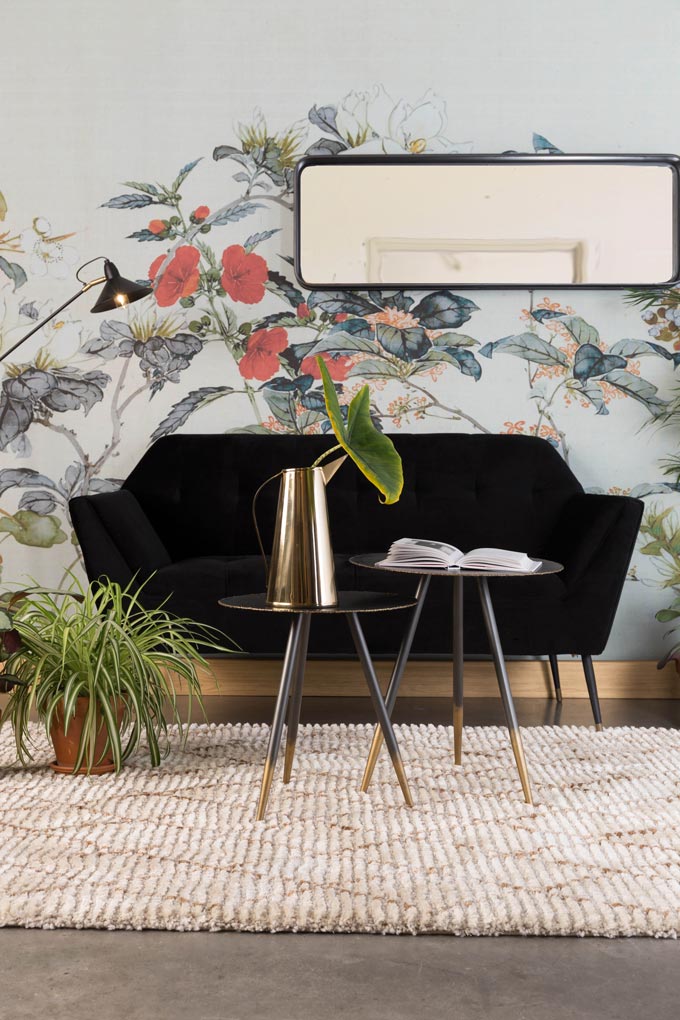
For example, an oversized rectangular mirror, with a thick frame, that has a length to width ratio 2:1 placed atop a large dining sideboard, tends to give a more “weighty” and traditional look. If that very same mirror though was placed vertically elsewhere, then it would look far more modern.
Now, let’s change these proportions and assume that the length to width ratio is 4:1. This means that it is a more slender looking mirror and hence, it will look equally good whether you place it vertically or horizontally.
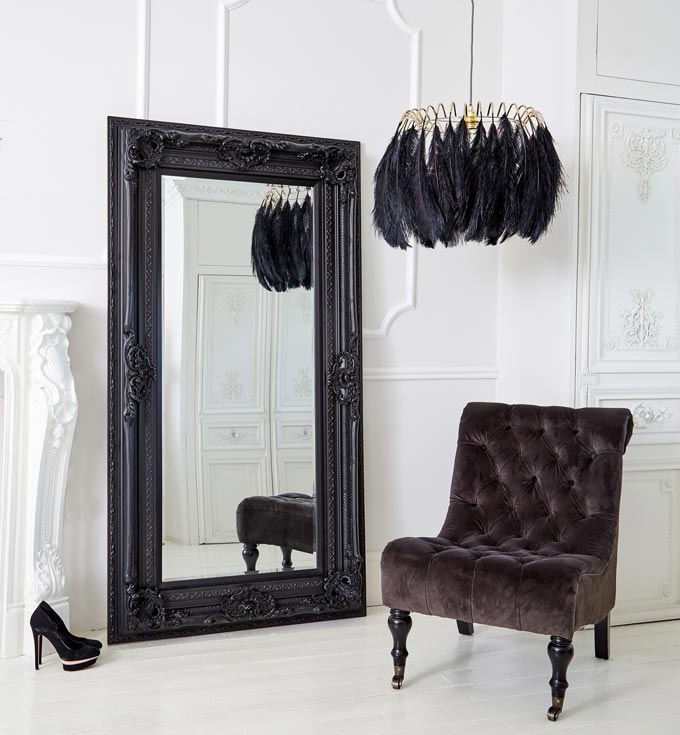
This goes to show you that when deciding on the direction of the placement, you need to consider your context and overall style. There are no actual rules, so if in doubt try placing your mirror in a different way and see what works best.
A rule of thumb to remember: When rectangular mirrors are placed horizontally, they tend to place emphasis along the width of the room. When placed vertically though, they tend to accentuate the height of the room, as long as the width of room is not more than three times the actual room’s height.
In that case, a vertical placement of a mirror will do very little to accentuate the height of the room. However, you need to take this with a grain of salt for it may vary according to the actual mirror’s proportions. As I mentioned earlier, you always need to think of the scale.
Shape of a Mirror
The traditional option calls for rectangular mirrors, because they have a well put-together look. Curvy and rounded forms have a much softer effect. And as of lately, they are back on the trend roller-coaster. But even before they were trending, I always loved round mirrors because of that organic, yet refined quality to them. Of course, there are many more curvy shaped mirrors (some of which may be totally irregular in shape) that can add a whimsical tone in an interior that can become a great focal point.
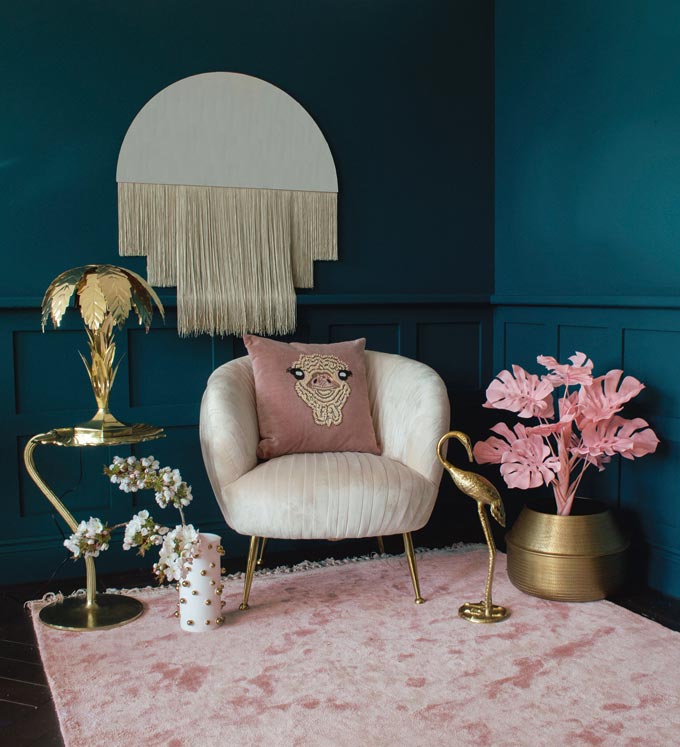
I also like square mirrors, because of their symmetry. Square mirrors, just like round ones, are easy to place without second thoughts. Hence, they make a great alternative that will not give you a hard time.
The latest interior design trends rely heavily upon juxtapositions. Thus, don’t be afraid to mix straight lines with curves. By introducing a decorative mirror into your home decor you create the possibility of creating yet another juxtaposition, so consider your choices and choose wisely.
Style of a Mirror
The style of a mirror is very much defined by its frame (or lack of frame in some cases). The material, texture and ultimately color of the frame dictate the style. A very thin frame usually looks more modern and sleek as opposed to a gold thick frame with heavy ornamentation. Hence, a frame that does not grab your attention allows a mirror to blend in with greater ease with the surrounding furnishings.
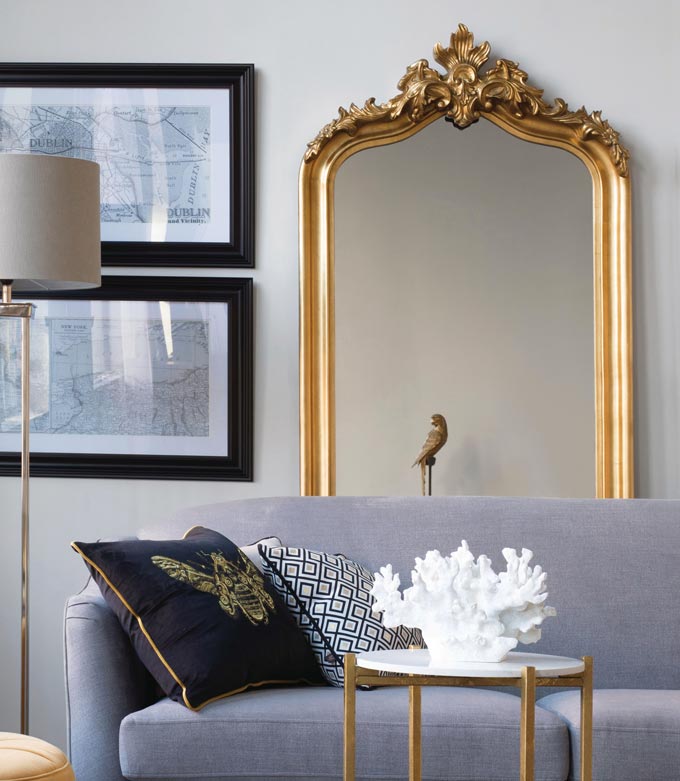
On the other hand, a thick frame with heavy ornamentation draws your attention and creates an accent. In any case, as I mentioned earlier at this time and age, juxtapositions are very much wanted and greatly appreciated for they can help add depth in a space. Therefore, do consider creating a bold contrast, for example add a golden gilded frame mirror in a Scandinavian minimal setting and you’ll be surprised with the charm of attracting opposites.
Now before I go, I do want you to check out some mirror trends. These are the styles of mirrors that are trending, some of which are drastic re-inventions of traditional styles. And lastly, hold on to the following cheat-note with the ideal dimensions of a mirror with regards to the design elements under it (i.e. fireplace, sideboard or washroom vanity).
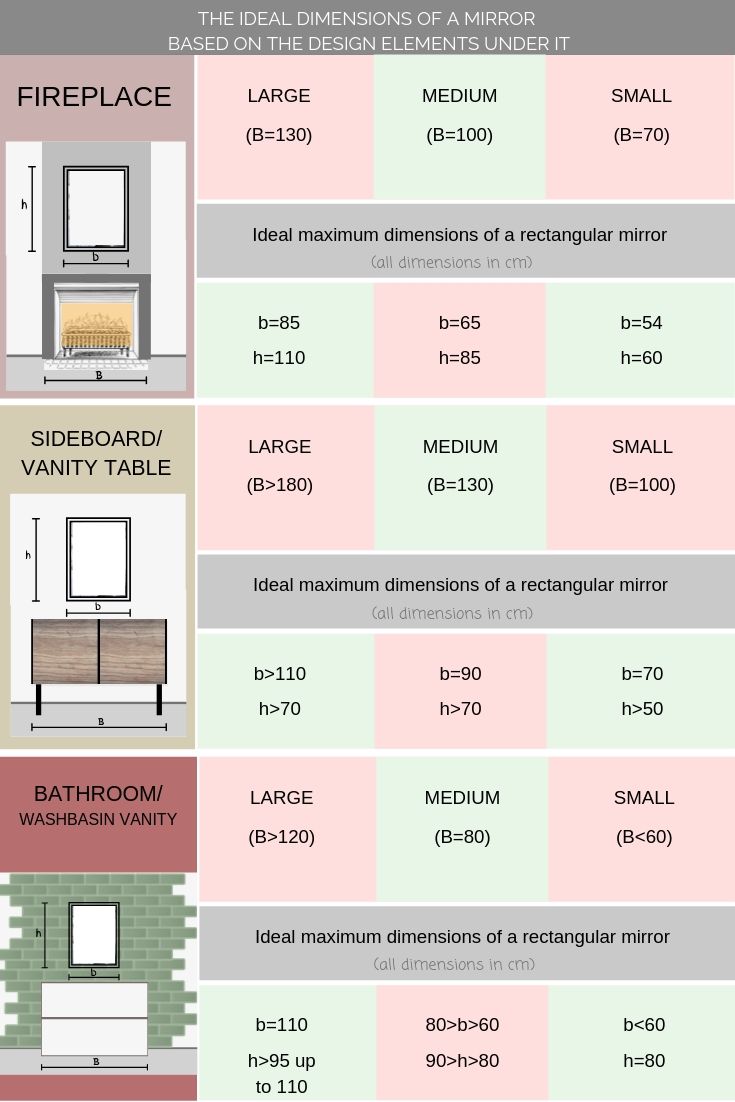
These tips are a good foundation for making this type of design choice. There are always unique circumstances, but even if you have a clear idea of the style you’re after, then it will all fall into place.
I hope you all have a lovely weekend, XO




